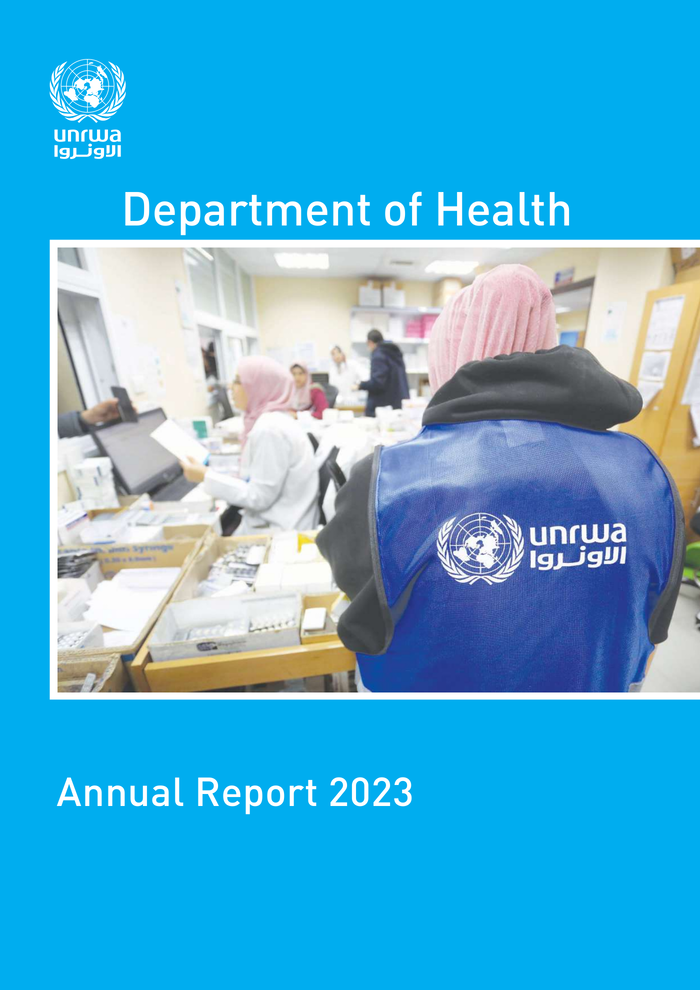Attachments
Palestinian refugees face unprecedented health challenges amid Gaza war: UNRWA annual health report
As we reflect on the challenges and achievements of the past year, we must address the unprecedented war being waged in Gaza. As of this writing in April 2024, UNRWA has lost over 188 staff, including 11 medical professionals. Our thoughts and prayers are with the families who have suffered unimaginable loss. This report is a testament to our deep gratitude to the medical staff who have remained committed to providing quality medical services even in the face of personal risk.
For much of 2023, UNRWA focused on treating 300,000 patients with non-communicable diseases (NCDs), providing developmental care to 350,000 children under the age of five, and ensuring safe births for 70,000 pregnant women. Of the 5.97 million Palestine refugees registered across all areas of operation, more than half continue to rely heavily on UNRWA's health services. Prior to October, Palestine refugees in the Gaza Strip constituted the largest population benefiting from these services, and were consistently top in use of NCD care, child health care, pre-pregnancy care, antenatal care, mental health care, and many other services provided by UNRWA.
However, in the last three months of 2023, the rate of medical consultations in Gaza dropped sharply as UNRWA was forced to close 14 of its 22 medical centers and power outages cut off access to its telemedicine system. Not only did access to basic medical care become nearly impossible, but hostilities also created dozens of new health hazards, including war injuries, internal displacement, mental health crises, destruction of sanitation infrastructure, and conditions where epidemics and famine could emerge. To address these rapidly changing medical needs, UNRWA opened 155 emergency shelters and 108 mobile medical units, monitored for potential disease outbreaks, and coordinated the transport of medicines and medical equipment through the Rafah crossing. At the same time, UNRWA’s West Bank office was forced to adapt to strengthened movement restrictions and sought temporary solutions to connect patients with medical personnel and ensure uninterrupted delivery of medical supplies.



